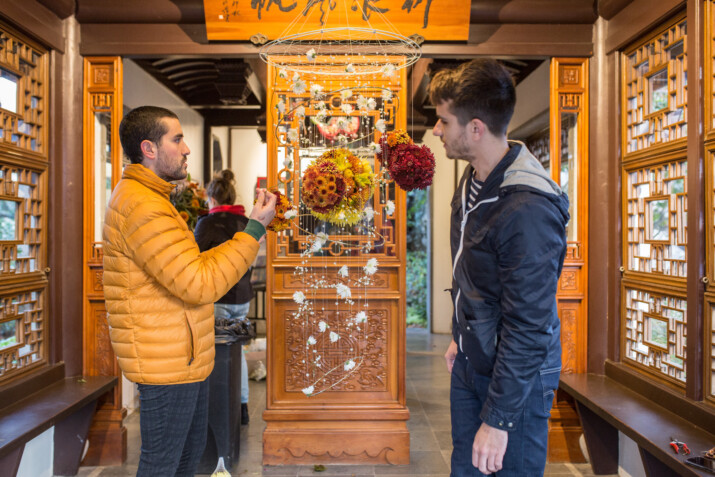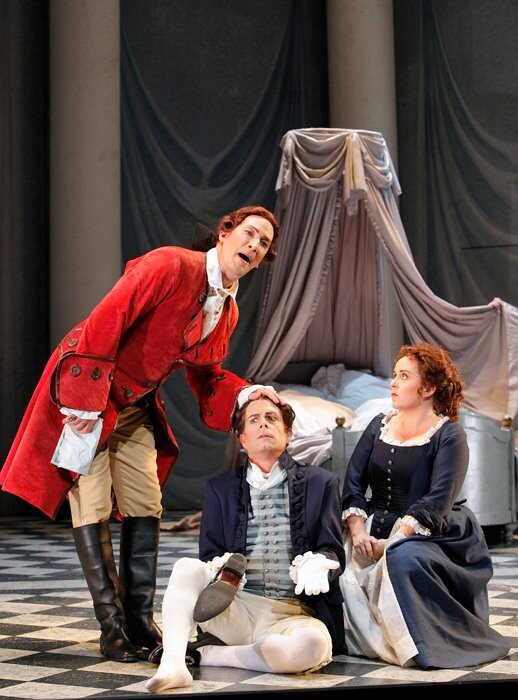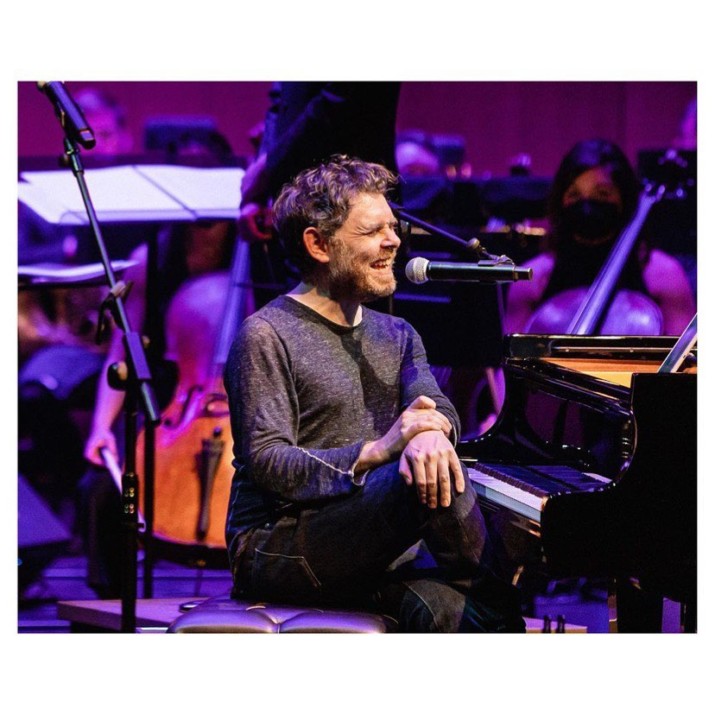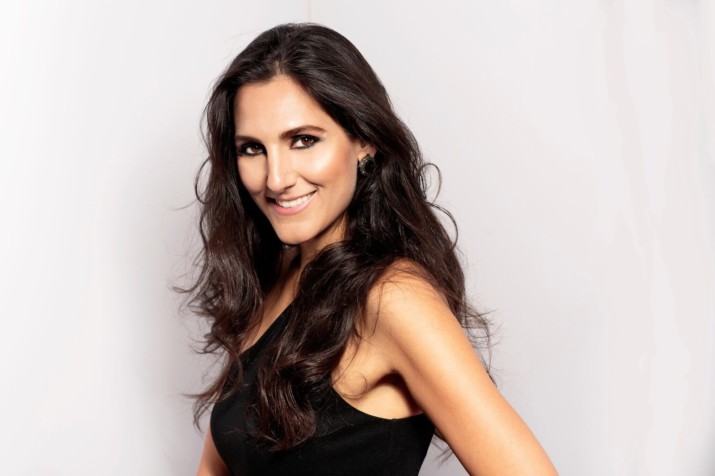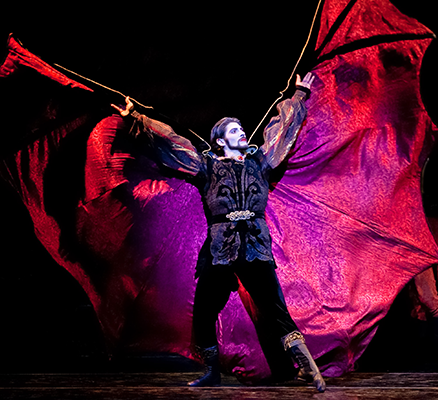Portland, September 17th. Oregon Health & Science University announced a transformational gift of $125 million from Nike co-founder and Chairman Phil Knight and his wife Penny to advance OHSU’s world-class programs in cardiovascular medicine and research.
The gift is the largest in OHSU history and may likely be the largest private contribution ever made by living donors to benefit a single Oregon organization. It is the Knights’ second landmark gift to OHSU, following a 2008 pledge of $100 million that advanced the OHSU Knight Cancer Institute. Led by Albert Starr, M.D., and Sanjiv Kaul, M.D., the institute will bring clinicians and researchers together to translate laboratory discoveries into new and better treatments for the world’s No. 1 killer.
OHSU leaders said the gift will establish the OHSU Cardiovascular Institute, an integrated center for translational research, clinical care, professional training and outreach in all aspects of heart and vascular disease. The institute’s mission: to accelerate new prevention, diagnostic and treatment strategies being developed in the laboratory and transition them into patient care clinics as rapidly as possible. Under the umbrella of a multidisciplinary institute, OHSU will pair researchers and clinicians together on projects while also building strategic partnerships with pharmaceutical and medical device developers who can extend OHSU’s unique expertise to more patients through the global commercial marketplace.
“Phil and Penny Knight have made a gift to all Oregonians,” said OHSU President Joe Robertson, M.D., M.B.A. “OHSU is proud to have once again earned their trust as a partner in creating a healthier Oregon and a healthier world. Phil and Penny share our confidence that we can finally reduce the many, many preventable deaths each year due to cardiovascular disease by innovating, collaborating and educating.”
CARDIOVASCULAR INSTITUTE LEADERS
Legendary Oregon heart surgeon and Lasker Award winner Albert Starr, M.D., will co-direct the OHSU Cardiovascular Institute with cardiovascular imaging pioneer Sanjiv Kaul, M.D., head of OHSU’s Division of Cardiovascular Medicine. The gift will give Starr and Kaul immediate leverage in recruiting and retaining additional national/international-caliber faculty in high-impact areas. It will also assist them in acquiring new scientific capabilities that will drive discovery in cardiovascular health as well as stroke, cancer, neurological disorders, immunodeficiency, diabetes and other diseases.
Originally arriving at OHSU in 1958, Starr performed Oregon’s first open-heart surgeries and performed the state’s first heart transplant. He is best known internationally for co-inventing and implanting the world’s first artificial human heart valve in 1960. His innovation with engineer Lowell Edwards transformed the treatment of valvular heart disease. It also changed the landscape of the medical device industry, giving rise to an entirely new product niche for valve replacement products.
Kaul, who joined OHSU from the University of Virginia in 2005, led the development of microbubble-based myocardial contrast echocardiography (MCE), an emerging imaging technique. MCE can diagnose heart attacks with new levels of precision and reduce unnecessary hospitalizations by distinguishing life-threatening cardiac events from false alarms. He received the 2012 Distinguished Scientist Award from the American College of Cardiology for his innovations.
“Penny and I are pleased to help upgrade cardiovascular health in Oregon and around the world. Drs. Starr and Kaul have built a great program in research, care and outreach, and we are excited about what it can contribute to the fight against these deadly diseases,” said Phil Knight.
As a high-level collaboration between a heart surgeon and a cardiologist, the leadership duo of Starr and Kaul is emblematic of the Institute’s mandate to break down barriers to success. “We don’t aspire to be the largest Cardiovascular Institute in the nation,” said Kaul. “We are in a perfect position to become what we do want to be: the world’s premier translational cardiovascular research institute.”
Starr said such an institute would help to close what he calls the “translational gap” in cardiovascular innovation. “We know from personal experience that the most meaningful innovations happen when clinicians and researchers work together across disciplines to solve big problems. That idea will be hard-wired into the culture of this institute.”
With the Knights’ support, Starr and Kaul will be able to move forward on a vision they have been crafting together for more than a year. The goal is to build a comprehensive assault on cardiovascular disease that spans the entire health care spectrum – from prevention to transplantation to tissue regeneration – and encompasses the full continuum of biomedical science – from basic discovery to clinical research to drug and device development. The directors are working closely with Robertson and other university leaders to prioritize programs and develop an initial institute strategic plan.
“With this gift, together with their historic support of the OHSU Knight Cancer Institute, the Knights are changing the game against the two deadliest and most intractable public health problems of our time. We are grateful for this opportunity to team up with these incredible champions of human health,” said Constance French, interim president of the OHSU Foundation.
ABOUT OHSU
Oregon Health & Science University is a nationally prominent research university and Oregon’s only public academic health center. It serves patients throughout the region with a Level 1 trauma center and nationally recognized Doernbecher Children’s Hospital. OHSU operates dental, medical, nursing and pharmacy schools that rank high both in research funding and in fulfilling the university’s social mission. OHSU’s Knight Cancer Institute helped pioneer personalized medicine through a discovery that identified how to shut down cells that enable cancer to grow without harming healthy ones. Research through the OHSU Brain Institute ranks fourth in the country for National Institutes of Health funding in the neurosciences. OHSU’s Casey Eye Institute is ranked second in NIH funding for eye research and is a global leader in ophthalmic imaging and in clinical trials related to eye disease.
ABOUT THE OHSU FOUNDATION
The OHSU Foundation is a 501(c)(3) organization that exists to secure private philanthropic support to advance Oregon Health & Science University’s vital missions, and to invest and manage gifts responsibly to honor donors’ wishes. The foundation raises funds from individuals, companies, foundations and organizations, and invests and manages gifts in accordance with donors’ wishes.
ABOUT CARDIOVASCULAR DISEASE AND STROKE
(Source: U.S. Centers for Disease Control and Prevention)
- In 2008, more than 616,000 people died of heart disease. Heart disease caused almost 25 percent of deaths—almost one in every four—in the United States.
- Heart disease is the leading cause of death for both men and women. More than half of the deaths due to heart disease in 2008 were in men.
- Coronary heart disease is the most common type of heart disease. In 2008, 405,309 people died from coronary heart disease.
- Every year about 785,000 Americans have a first coronary attack. Another 470,000 who have already had one or more coronary attacks have another attack.
- In 2010, coronary heart disease alone was projected to cost the United States $108.9 billion. This total includes the cost of health care services, medications, and lost productivity.
- Someone in the United States has a stroke every 40 seconds. Every four minutes someone dies of stroke.
- Every year, about 795,000 people in the United States have a stroke. About 610,000 of these are first or new strokes. About 185,000 people who survive a stroke go on to have another.
- Ischemic strokes, which occur when blood clots block the blood vessels to the brain, are the most common type of stroke, representing about 87 percent of all strokes.
- In 2010, stroke cost the United States an estimated $53.9 billion. This total includes the cost of health care services, medications, and missed days of work.
- Stroke is a leading cause of serious long-term disability.










